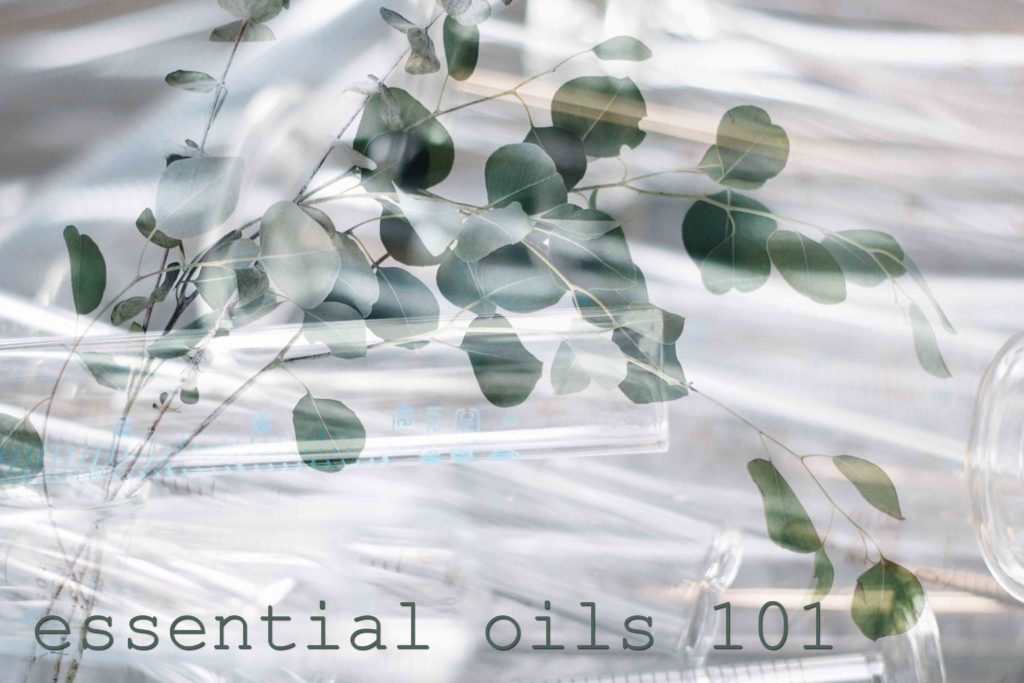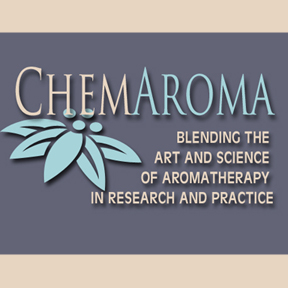
I’ve studied and used essential oils since 1989 and was actually teaching workshops on their uses way before I began teaching art workshops. In the late ’90s, Dr. Bill Kurtin and I partnered in sharing research-based information about aromatherapy with social agencies and college classes, and set up our informational website, called Chemaroma, in 2006.

Bill is a biochemist who chaired the Chemistry Department at Trinity University for many years. We’re married now, and since Bill retired from teaching, he’s had time to do more research on current studies about essential oils. He’s just written an article for our Chemaroma blog summarizing recent research on essential oils and Alzheimer’s Disease. Here’s the link to the complete article, which I think is wonderful and encouraging.
In his article, Bill writes, “The research . . ., as well as much work not mentioned, strongly suggest that EOs may provide an excellent alternative, natural, widely available, and inexpensive treatment for AD, particularly for easing the symptoms of the disease.” He writes for a general audience, who, like me, have trouble with scientific complexities – whew! It’s a fascinating premises that could help millions.

If you have not any in-depth reading on the science of aromatherapy and need an introduction, here’s a good background article from the University of Maryland Medical Center. And, or course, you can always go to our website, Chemaroma, for more info.
I’ve always relied on Clary Sage essential oil for getting past creative blocks – the name in Latin means “clear eye” – and its smell is intoxicating. Here’s another take on essential oils from an artist on the Craftsy site.
Bill and I are especially interested in essential oil research that pertains to our aging population – anything that will help all of us stay alive, engaged, and creative longer is worth pursuing! Read and share the article, Are Essential Oils Useful in the Treatment of Alzheimer’s Disease.” It’s a good one.

